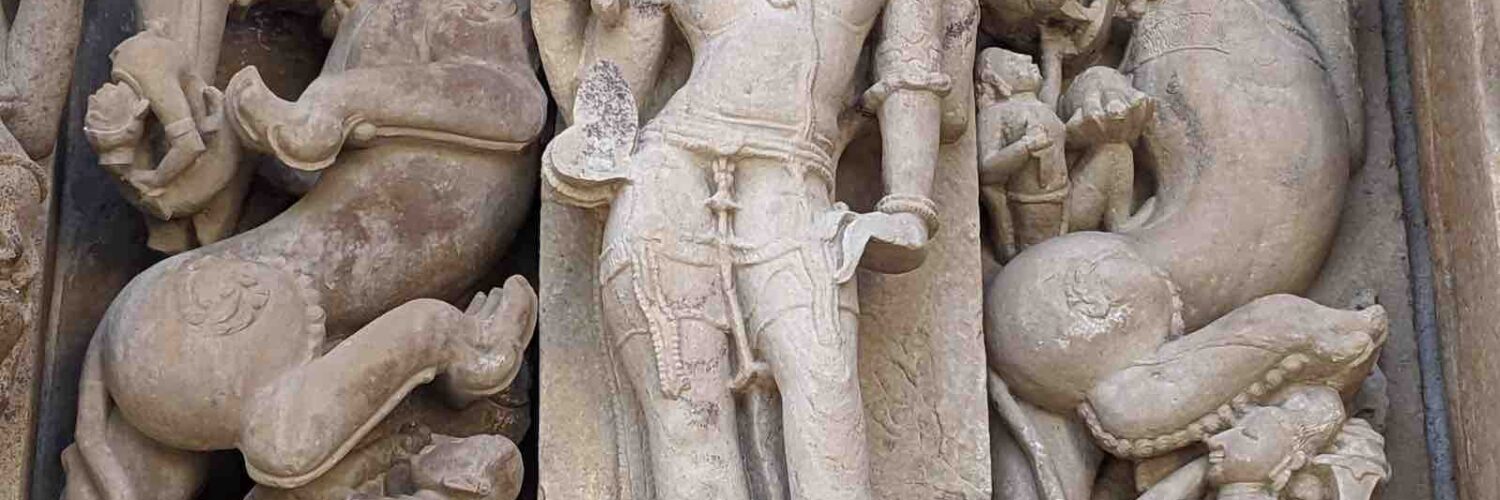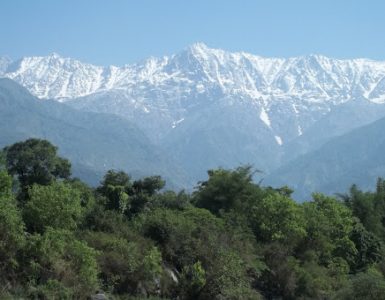When tourists prepare their itinerary for India, visiting Hindu temples is high on the list. The temples in India are not only famous for their religious significance but also for their historical, cultural, and aesthetic importance.
One site on the top of travelers’ wish lists is the temples at Khajuraho, renowned for their ancient architecture and art.
Located in the central Indian state of Madhya Pradesh, the city is a popular destination for both Indian and foreign tourists.
Khajuraho boasts many magnificent temples built by the Chandela dynasty in the 10th and 11th centuries. As per the records, more than 80 temples were constructed by various Chandela rulers, making this region one of the most significant in the number of temples.
As the Chandela dynasty declined, the temples were neglected for over 500 years and rediscovered in the 19th century.
Of the 80 temples built during the Chandela rule, only 25-odd temples survived the ravages of time, nature, and plunder. Most temples at Khajuraho are made of sandstone without any enclosure wall and are erected on a high platform.
Apart from the architecture, Khajuraho temples are celebrated for their elegant sculptural ornamentation that adorns the walls and platform. The figures and sculptures on the walls of the Khajuraho temples present an exquisite display of Indian heritage and culture.
Most Khajuraho temple sculptures belong to Hindu Gods, deities, divine figures, and nymphs (apsaras and sura-sundaris). In addition, one can also see daily lifestyle routines like musicians playing their instruments, animals, people in war settings, embracing couples, and erotic scenes, among others. The subtleties visible in the sculptures’ eyes, bodies, facial expressions, jewelry, and dresses are incredibly exquisite.
On the one hand, much focus is given to the eroticism displayed on the walls as explicit figures, but that does not constitute more than 10 percent of the total number of figures. On the other hand, there is one kind of sculpture that one cannot ignore noticing, which forms most of the temples in Khajuraho but is scarcely mentioned in most texts.
Vyala – A Sculpture that dominates temples at Khajuraho
That notable figure which is repeated regularly, is Vyala. This animal-shaped figure is featured copiously on the walls of the temples and the joints of the two walls.
A series of Vyalas decorate the temple – sometimes forming a long sequence and at other times coming alternatively. Another interesting aspect about these Vyala is their physical feature; the body resembles a lion with one leg lifted and a face that keeps changing but displays ferocity. In all the sculptures, two men are shown fighting with Vyala, one kneeling near its foot and another near its head. Sometimes the human that is on top is also shown getting swallowed by Vyala.
Interestingly, Vyala does not appear in the inner walls of the temple, the sanctum area, or near the deities. For the ancient architects who have been so meticulous in decorating the Khajuraho temples with beautiful sculptures, the reason for displaying Vyala so generously only on the outside should have a deep significance.


While most of these current Khajuraho temples are not used for religious ceremonies, we must not forget that during the time they were built, they must have been holistic centers of worship, learning, and upliftment. The temples were sacred structures and abode of God and played an essential role in transforming life’s cultural, social, and economic aspects, especially among young people of that time.
Vyala represents our ambitions and the two men symbolize our desire to conquer that. It is a constant struggle where some of us can control and others fall prey.
Given the magnitude of the Khajuraho temples and the intricate carvings done on them, any individual walking into the temple would have discovered so much. Therefore, a creature like Vyala would have symbolically reminded people that we must balance our desires and ambitions to imbibe the teachings.
Wrapping Up
It is intriguing to see a monstrous-looking creature placed in the company of Gods, beautiful ladies, and other life scenes. The Khajuraho temples might have become a location for tourism, but the beautiful carvings still have much to offer regarding knowledge.
In the context of our environment, our ambitions to grow economically devastated our resources, and the consequences of climate change are upon us. Therefore, if we can fight the battle with Vyala and take some concrete steps, we still have hope.
In some literature, the mythical creature is also called Yali or Shardul. When you visit temples at Khajuraho, watch these sculptures and let us know your thoughts.
You can read about other places to visit in Khajuraho, known for its natural beauty.







Add comment